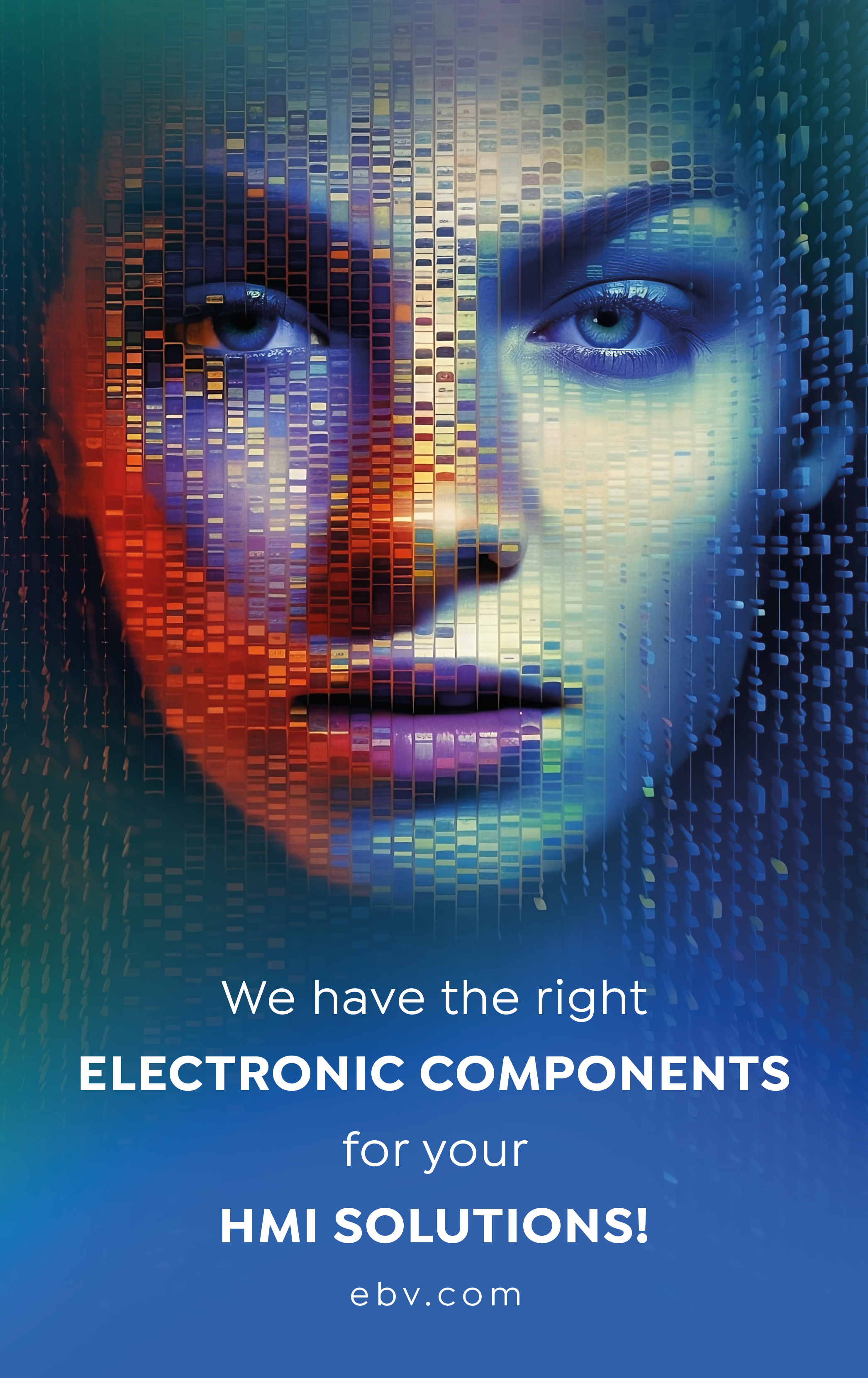Brain Computer Interfaces make it possible to control machines and devices solely with the mind. The number of practical applications being found for this technology outside of the laboratory is steadily increasing.
The human brain contains about 86 billion neurons. They communicate via electrical impulses, which among other things initiate muscle movements. Wouldn’t it be elegant to be able to bypass the detour taken by traditional Human Machine Interfaces from the brain through the muscles to flipping a switch and instead directly control a device with the brain’s electrical impulses? Thanks to Brain Computer Interfaces or Brain Machine Interfaces (BMI), this is now possible.
Devices are becoming smaller and more affordable
In 1925, the German psychiatrist Hans Berger recorded the first human electroencephalogram (EEG). Since then, technology in the field of Brain Computer Interfaces and data processing has continually improved. For at least ten years, the trend in EEG hardware has been to make these devices smaller, wireless, portable and more affordable. Basic brain wave measurements can already be taken through relatively simple headsets, enabling more and more practical applications outside the laboratory. Ultimately, BCIs could be used not only for controlling neuroprosthetics but also for all computer-assisted devices like smartphones and tablets, or a smart home. A increasing number of non-medical use cases is also becoming more and more conceivable, ranging from the PC gaming industry to the simultaneous control of drone swarms. The U.S. Defense Advanced Research Projects Agency (DARPA) is even working on an advanced communication system based on BCIs: the idea is for soldiers and military personnel to be able to issue commands telepathically using the “Silent Talk” solution.
Medical applications still dominate
The medical sector is still the main market for BCIs. “Active and passive BCIs are already being used to improve movement control in Parkinson’s patience via deep brain stimulation, detect epileptic seizures and diagnose brain diseases. Digital and technological progress offers unprecedented new possibilities and has sparked broad scientific and economic interest,” explains Professor Florian Mormann from the German Society for Clinical Neurophysiology and Functional Imaging (DGKN).
BCIs can also translate brain activity into control signals for external devices such as prostheses, robots and exoskeletons. Bidirectional BCIs, moreover, allow for the brain to be electrically stimulated, for example to simulate a sense of touch when controlling a prosthesis.
“Medical technology has made huge progress during the last few years,” says Professor Alessandro Del Vecchio, head of the Neuromuscular Physiology and Neural Interfacing Laboratory (N-squared Lab) at the Friedrich-Alexander University Erlangen-Nuremberg (FAU). “However, much research and development still needs to be done in terms of fine motor skills, for example to enable movement of individual fingers of paralysed hands.” Together with the Institute for Factory Automation and Production Systems at the FAU, the N-squared Lab aims to develop a neuro-orthosis that restores hand function so that patients can perform more than 90 percent of everyday tasks independently. “Our aim is to move the fingers and the thumb of the hand independently of one another and with a high level of strength,” says Del Vecchio.

Increasing accuracy
BCIs can generally be divided into invasive systems that are implanted into the brain, semi-invasive and non-invasive systems. Non-invasive BCIs currently have the largest market share because they spare the patient from having to undergo a laborious and risky surgical brain procedure. “We have already developed a non-invasive BCI system that allows people with high spinal cord injuries to grip everyday objects by voluntarily changing their brain waves,” says Professor Surjo R. Soekadar, Einstein Professor for Clinical Neurotechnology at the Charité – Berlin University Medicine. “Despite considerable progress, it has not yet been possible to control complex hand movements with such a non-invasive system.” Yet this is precisely what Professor Soekadar’s team is striving to achieve: they are currently testing the use of ultra-precise sensors, so-called quantum sensors, which can measure brain activity with much higher accuracy on the surface of the head than EEG or other non-invasive methods. The basis of the high-tech sensors is gaseous atoms that act as magnetic field probes and respond to electrical brain signals.
Chip in the brain
Implanted BCIs can capture brain impulses even more precisely. Companies such as Synchron and Neuralink are already testing such implants on humans. Elon Musk, who co-founded Neuralink in 2016, has promised that the technology “will enable someone with paralysis to use a smartphone with their mind faster than someone using thumbs”. Ultimately, however, the implanted chip is intended to make the human brain more powerful – even to the extent of merging the brain with artificial intelligence. According to Professor Mormann, this is still pure science fiction based on current knowledge: “Neuro-enhancement means targeted and specific influencing of brain activity. The prerequisite for this is a detailed and mechanistic understanding of this activity. Our knowledge so far is still too incomplete and patchy.”

